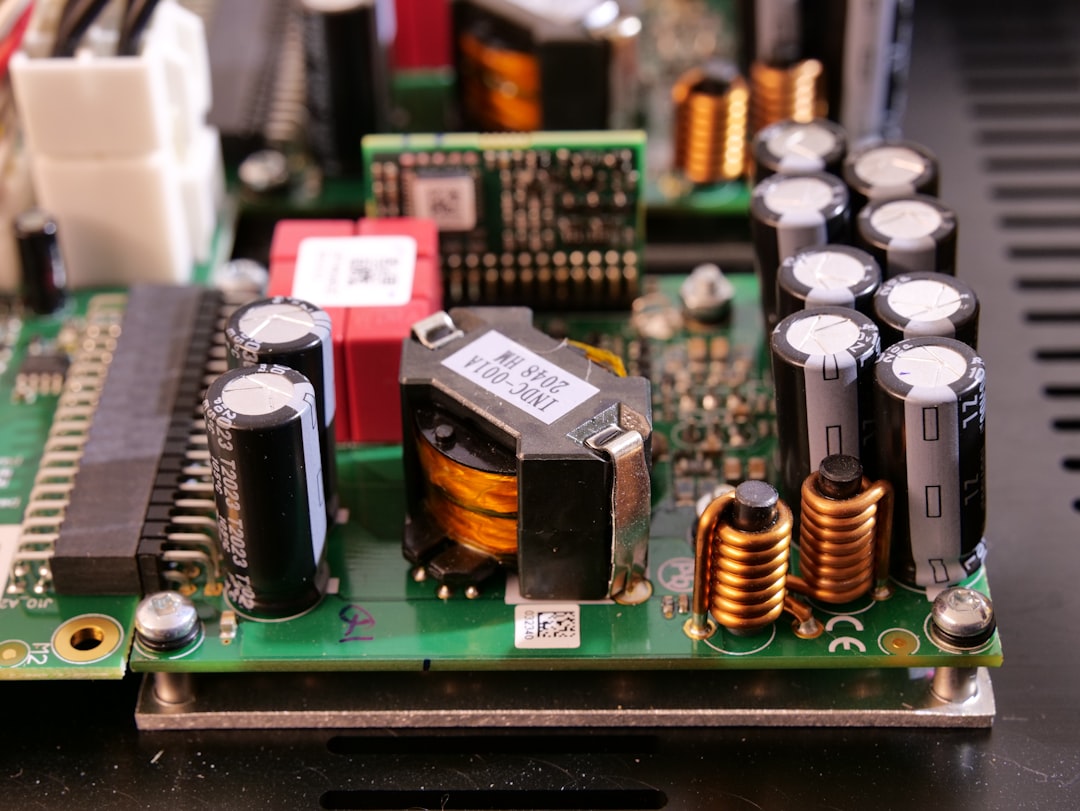The Eagle-1 Slide motherboard is a crucial component in a variety of industrial and commercial systems, prized for its compact form factor and robust performance. However, like any piece of hardware, it is not immune to failure over time. Whether due to environmental wear, electrical surges, or simple aging, users may eventually need to replace the motherboard altogether. Understanding common issues and knowing how to address them can minimize downtime and prevent further system complications.
Replacing the Eagle-1 Slide motherboard is not inherently complicated, but there are several key considerations that technicians and system integrators must keep in mind. This article covers the most frequent problems leading to replacement as well as practical solutions to ensure a smooth transition.
Common Issues Leading to Motherboard Replacement
- Power Failure: One of the most common issues is total or intermittent power failure. A faulty power regulator or damaged capacitor can prevent the motherboard from powering up consistently.
- Connectivity Problems: Over time, repeated mechanical stress on slots and connectors can lead to unstable device connections, causing peripheral or component failures.
- Overheating: Inadequate ventilation or clogged heat sinks can cause the motherboard to overheat, resulting in thermal shutdowns or permanent hardware damage.
- Component Burn-Outs: Voltage spikes or poor grounding can damage integrated circuits. This is often irreversible and requires a full motherboard replacement.
- BIOS Corruption: An unsuccessful firmware upgrade or power loss during a BIOS flash can make the motherboard unbootable.
In many of these cases, the cost and time associated with repairs may exceed the benefits. As a result, replacement becomes the most efficient option.
[ai-img]eagle 1 motherboard, damaged components, power supply[/ai-img]
Solutions and Best Practices for Motherboard Replacement
1. Proper Diagnosis
Before proceeding with a replacement, it’s essential to confirm that the motherboard is indeed the faulty component. Use diagnostic tools to check power supply functionality, memory errors, and CPU integrity. A full POST (Power On Self Test) analysis can reveal whether the problem lies elsewhere in the system.
2. Matching Specifications
When selecting a replacement motherboard for the Eagle-1 Slide platform, ensure that all specifications match the original, including:
- Form factor and mounting points to ensure physical compatibility.
- Supported CPU and RAM types to avoid hardware conflicts.
- Power input requirements, particularly for industrial installations.
- BIOS version to ensure continuity with existing software and drivers.
Using mismatched hardware can lead to system instability and additional failures down the line.
3. Static Precautions
Electrostatic discharge (ESD) is a silent killer during motherboard installations. Always use grounded wrist straps, ESD mats, and anti-static bags when handling components. Even a minor static shock can damage sensitive ICs.
4. Clean Installation
Before installing the new motherboard, thoroughly clean the system case and inspect for residual debris or dust, which can interfere with thermal performance and electrical contacts. Ensure that all standoffs and screws are correctly aligned and that there is no physical contact between the motherboard and the case chassis.
[ai-img]technician motherboard replacement, anti static strap, computer repair[/ai-img]
5. BIOS Configuration and Testing
After installation, the BIOS should be configured based on the previous system settings. If available, restore configuration from a backed-up profile. Run full diagnostic tests to ensure all components, including RAM, storage, GPU (if applicable), and network interfaces are functioning as expected.
Preventive Measures for Future Failures
To reduce the likelihood of future motherboard replacements, the following preventive strategies are recommended:
- Use surge protectors or install system-grade voltage regulation equipment.
- Ensure adequate airflow and conduct regular dust removal to maintain thermal efficiency.
- Keep firmware and BIOS up-to-date, but only perform updates when necessary and under optimal conditions.
- Log any system anomalies over time to identify early symptoms of component degradation.
Each of these steps contributes to a longer operational lifespan for the Eagle-1 Slide motherboard and minimizes unexpected downtime.
Final Thoughts
Motherboard replacement in the Eagle-1 Slide system doesn’t have to be a disruptive event. By recognizing the warning signs of failure, following rigorous installation procedures, and adopting preventive maintenance strategies, organizations can reduce their risk exposure and keep their operations running smoothly. Treated with caution and diligence, motherboard replacement can serve as an effective step toward restoring system stability and performance.

